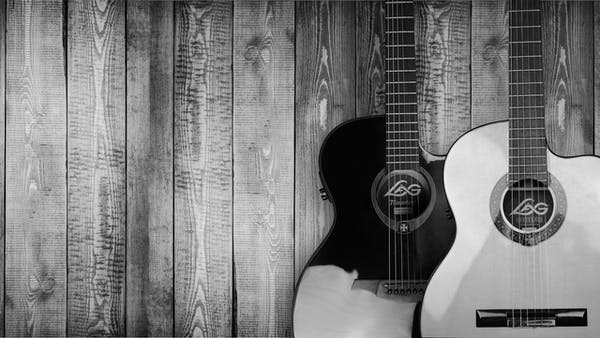Music is the art of blending sounds in harmony to create a particular composition through the components of rhythm, melody, harmony, and pitch. It’s one of the most universal artistic elements of all human cultures. And its basic principle is the same everywhere: create an attractive melody which is simple enough to be understood and easily played by anyone.
The basic idea behind the music: is that it must have a clear melody with a simple beat and be able to consistently follow this beat throughout the piece. While this is not particularly difficult to achieve, especially for children, the more experienced musicians take the process one step further by adding textures and layers to the melody and making it a richer, fuller experience. For example, a violinist might add a flamenco or other such stringed instrument to a piece and change the melody from a gentle and tranquil introduction to a more lively and exciting solo. The same concept can be applied to keyboards and guitar as well.
However, we can use the term: “musical elements” to mean any component of a piece that adds value to the listening experience. This includes rhythm and melody. Often, the most obvious musical elements are the words used to describe a given piece. Words such as tempo, key, rhythm, harmonies, and ensemble contribute to a basic framework which informs the listener of where the piece is going and how long it’s going to last. Each of these components has a specific purpose in telling the audience what they should expect next, so understanding the relationship between them and each other is important.
Musical timbre is another important component of music: Musical timbre refers to the purity and tone of a voice or instrument. While timbre is most commonly found in classical music, it’s also found in many contemporary pieces, including folk, blues, rock, pop, and much more. While tonality can vary dramatically, timbre maintains consistency no matter what type of music is being played. It’s an essential element in the composition of a piece.
Another useful tool: to understand the relationship of musical elements is to look at the definition of harmony. A basic definition of harmony is the process of balancing, or equal distribution of frequencies, which creates a smooth and steady flow within a piece of music. Simply put, musical harmony occurs when two or more parts of a song or piece are brought together in such a way that the song or piece maintains a consistent and clear tempo. In order for this to happen, each part must play within its range of frequencies, with each note able to be heard clearly and easily. To break down this into a more simplistic definition, the goal of creating musical harmony is for every note and pitch of each note to be heard throughout the entire piece.
Finally, we will discuss the concept of texture: The texture is often described as the realistic “feel” that is created when listening to a piece of music. Musicians will listen to a piece of music several times, each time varying the tempo, pitch, range of tones, etc. In addition to the overall consistency, musicians note the way that different instruments react to one another, how they interact with the rest of the composition, and other subtle details that create a desired texture in a piece of music. This is especially useful for performers because they can listen to a song several times and then apply different techniques and talents to their performances based on the established texture of the piece.




